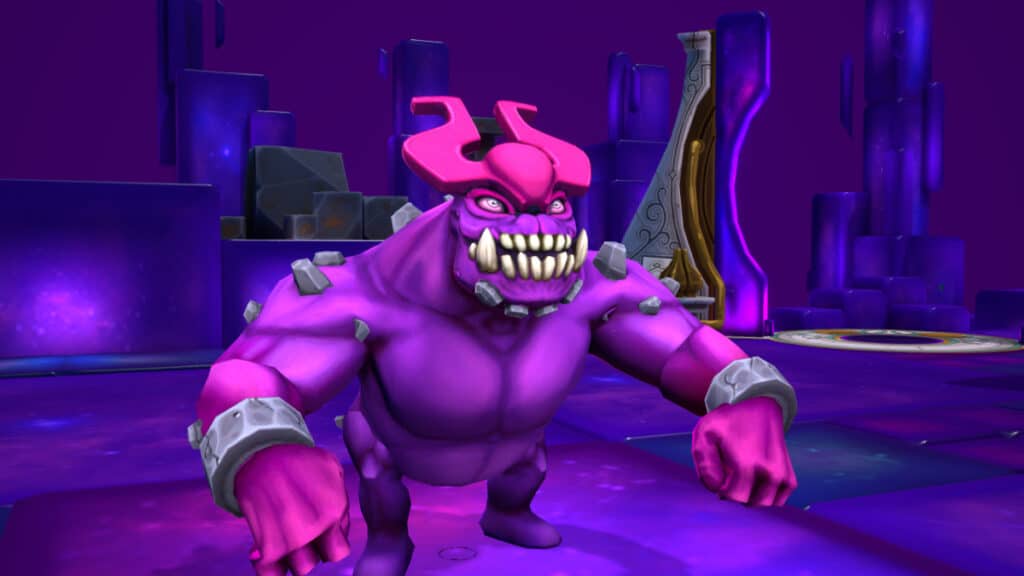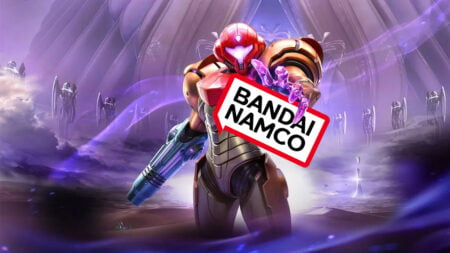Skip To...
What do Inkbound and The Pagemaster have in common? Magical books, eccentric characters, and a vibrant (borderline abrasive) color palette. As a kid who grew up with Macaulay Culkin’s bizarre ’94 adventure into the magic of reading, I find Inkbound comforting. Of course, fuzzy feelings haven’t prevented this always-online co-op roguelike from beating me to a pulp as often as Slay the Spire. Shiny Shoe also happens to be the dev team behind Monster Train, one of my all-time favorite games, so I was delighted to set aside the Melted Remnant for a moment to dive into this Hades-inspired adventure.
Inkbound Review
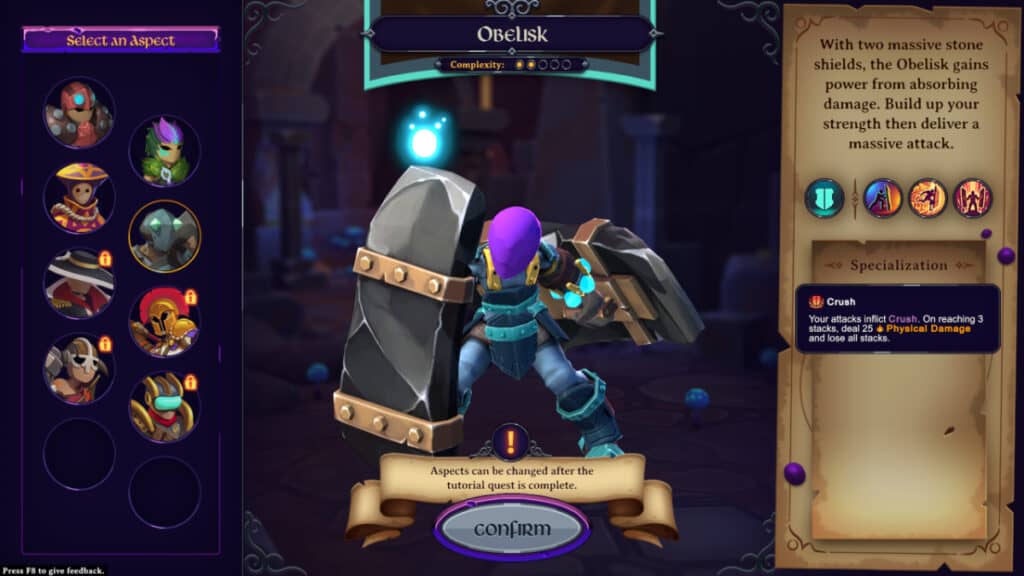
After choosing a class and customizing your character, you’ll dive into a level to take on a series of battles. Along the way, you’ll collect new abilities called Bindings, Augments that buff those Bindings, and Vestiges that provide other bonuses and effects. Throw in a branching path littered with tough choices and you have the makings of a deeply replayable roguelike. Inkbound‘s turn-based, gridless combat emphasizes cooldown management, positioning, and building the most broken build you can. The result? Roguelike excellence.
Story: From the Ink
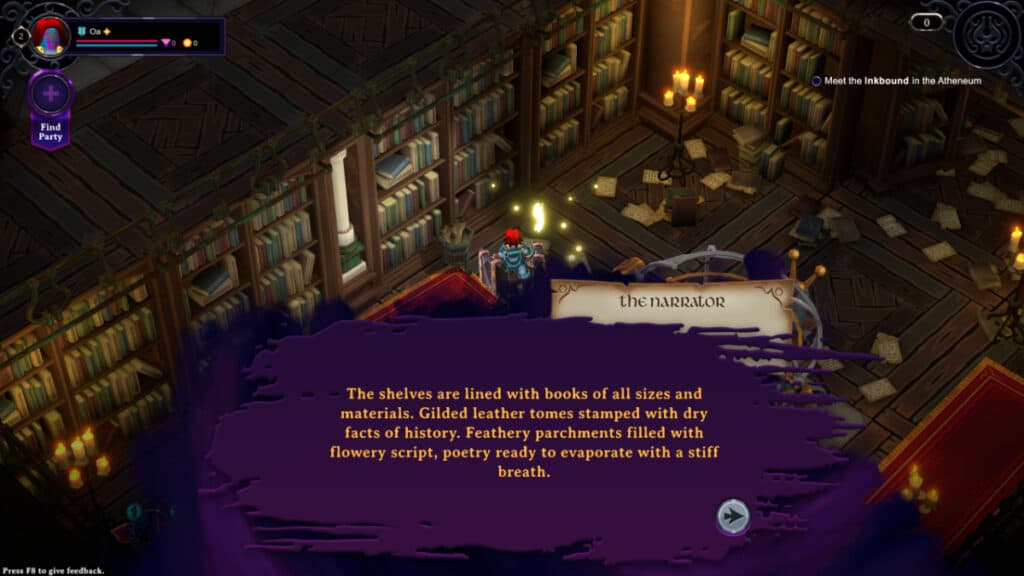
You are a Needless, emerging from the Sea of Ink and seeking refuge in the Atheneum, a magical library where every book is a world unto itself. Your true nature and history are obscured like ink-blotted words. With every adventure you undertake, however, a little more of the truth reveals itself. Over time, characters like the Counselor, Stigmatist, and Tinkerer return to the Atheneum to lend you aid and add their voices to the rising chorus. Your goal is to brave the inky depths, fight monsters, and restore the Atheneum bit by bit.
Inkbound features a more robust story than The Binding of Isaac and the like, including a surprising amount of dialog to fill in its mysterious world. While it’s not as deep or detailed as Supergiant’s Olympian dungeon-crawler, Inkbound‘s plot delivers. It keeps the focus on the meat of the game (building broken builds and using those broken builds to break other things, namely your enemies’ skulls). Still, drip-fed details help peel back the veil one bit of lace at a time, acclimating you to the world at a pleasing pace.
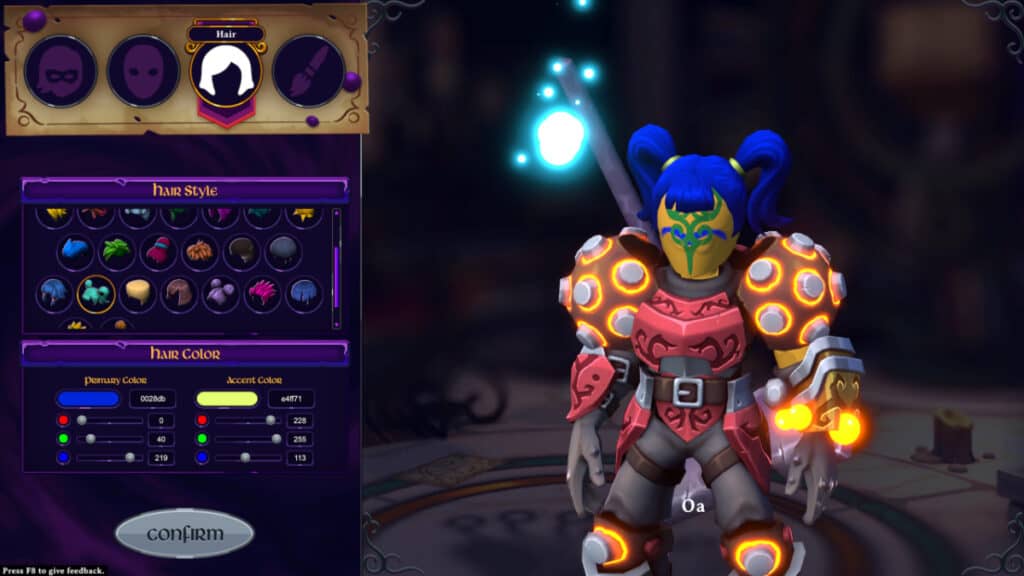
From their designs and voices to their dialog and backgrounds, characters like the Underborn and Sundance add a huge amount to the Atheneum’s mystery. I don’t even mind losing in Inkbound, because death is just another excuse to return to the hub and chat up your new friends. On the spectrum of narrative excellence, Inkbound‘s narrator sits beside the conductor of Monster Train‘s story and a peg below whichever melodious angel narrates Darkest Dungeon 2.
Revealing the story in isolated bites works well for this kind of narrative. You accumulate plot fragments at roughly the same rate as you unlock new items and cosmetics, so you always have something to encourage you. The “just one more run” mentality isn’t just alive and well in Inkbound, it has jazzercize and a multivitamin to keep it young. The pace of the game’s story is a huge reason why.
Gameplay: Books and Bindings
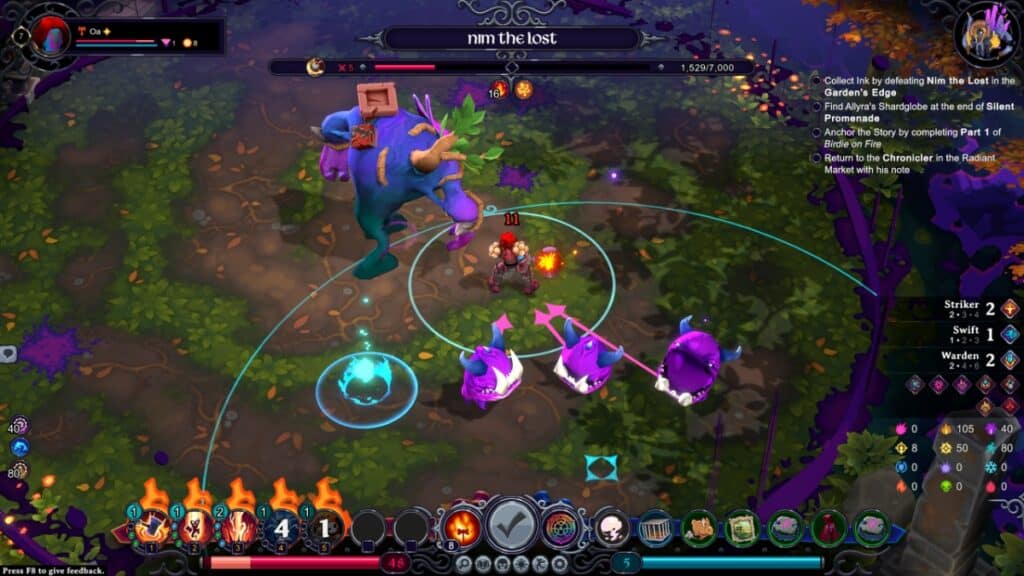
Combat is turn-based but allows free movement during your turn, letting you maneuver behind enemies. It also helps you avoid the corrosive Blight that chokes the battlefield like the Storm in Fortnite. A good variety of enemies, status effects, and attacks keep things interesting as you fight your way toward the Guardian mini-bosses and the Villain at the end of each level. Toss in the ability to ratchet up the difficulty with pre-Dive modifiers (much like Slay the Spire), and Inkbound provides a huge variety of depth and challenge.
There are eight playable classes in Inkbound: four unlocked by default and four unlocked through quests. From the giant hammer and bonk-centric gameplay of the Magma Miner to the Weaver and its battlefield-controlling threads, every class changes gameplay in significant ways. Each starts with three unique Bindings, and you can expand your repertoire during the Dive. Customizing those Bindings with three Augments (from a selection of eight) plays a huge role in shaping your strategy.
Maybe you want to Augment Leaping Strike with Stunning to inflict Daze or Shielding to buff your defenses with every hit. Maybe you want to Quicken your Shield Bash to reduce its cooldown or Bolster it to increase its range. Like other card-based roguelikes, Inkbound leaves you at the mercy of RNG, and while a series of poor draws can sabotage a run, you always have interesting strategic decisions to make. Every Dive is an opportunity to break the game in new ways.
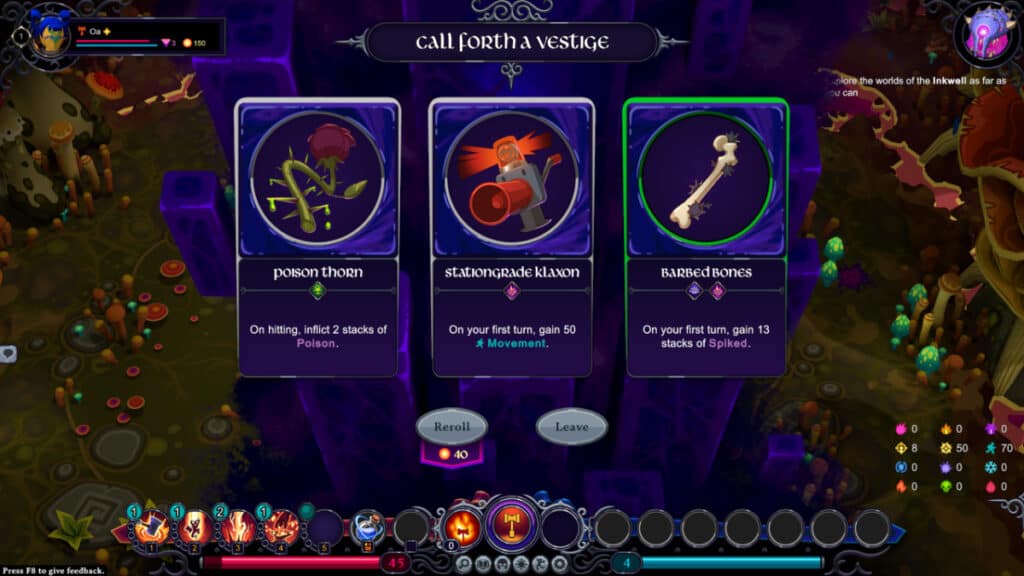
In addition to Bindings and Augments, you’ll find Ascensions that rework how Bindings function. There are also Potions that offer one-time effects, and Vestiges. The latter function much like Artifacts in Monster Train, providing passive buffs throughout your run. You can have up to seven at a time, and they do everything from earning you more Kwillings (the game’s currency) to doubling your shields. Ridiculous combo potential? Absolutely. After an early quest, you’ll also get access to Trinkets that allow you to choose a buff to take with you into your Dive.
I failed eight Dives before I beat my first Guardian. Much like Darkest Dungeon 2, you’re in for pain until you learn the ropes. Understanding item synergies and unlocking better items help too. That said, the skill curve is tuned like a virtuoso’s violin. The feeling as you grow more powerful is incredible. 4-player co-op adds variety and chaos that aren’t present in Shiny Shoe’s other work. Still, it’s possible to grind through solo. Daily Challenges and Deep Dives (modified runs) extend the already impressive replay value, although obtuse quest design doesn’t help.
Graphics & Audio: Leaping Off the Page
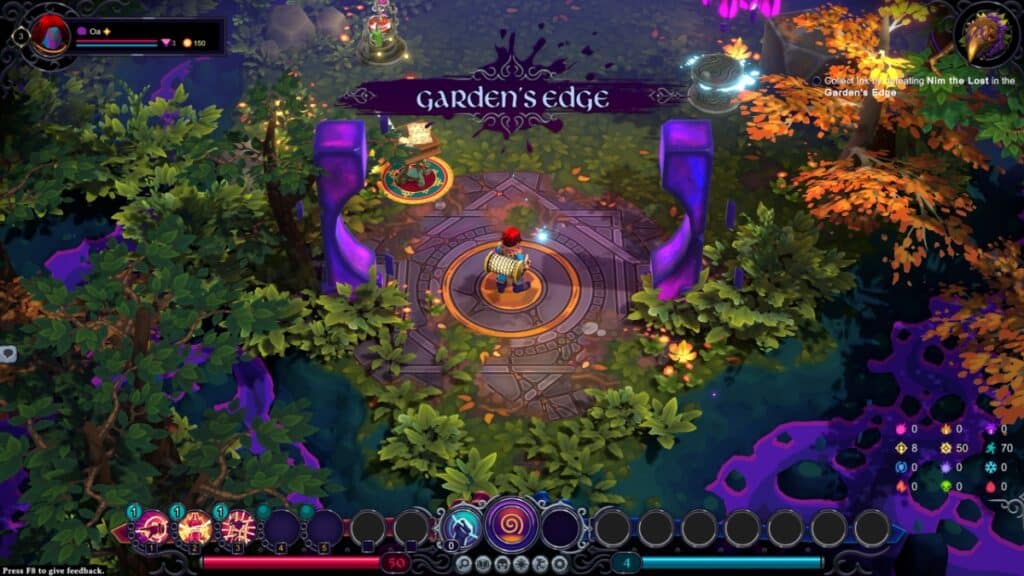
At the path’s fork in Garden’s Edge, the Mosscloak chooses combat, and a bridge materializes from thin air to point the way. Autumn’s reds and oranges clash with the verdant greens of spring. It’s like the forest can’t choose which season to favor. As the Mosscloak enters the clearing ahead and touches the sigil of battle, enemies spawn with a squelch from the purple pools of Blight. The Mosscloak releases a flurry of thrown daggers, and the first Figment dies with a metallic ting. There’s no time to celebrate, however, as the Blight oozes forward, and the remaining Figments prepare their counterattack.
Inkbound‘s cartoonish style is reminiscent of League of Legends or World of Warcraft. It prioritizes clear but simple shapes and coloration over granular detail. It’s a style that served Shiny Shoe well with Monster Train, and it serves just as well here. The battlefield can be a mess of overlapping AoE circles at times, but it never takes long to decipher the jumble. Mob designs are well-executed but forgettable, though Guardians and Villains are interesting. NPCs like the Stigmatist and Underborn, meanwhile, benefit from gorgeous portraits that complement their models and capture their personalities.
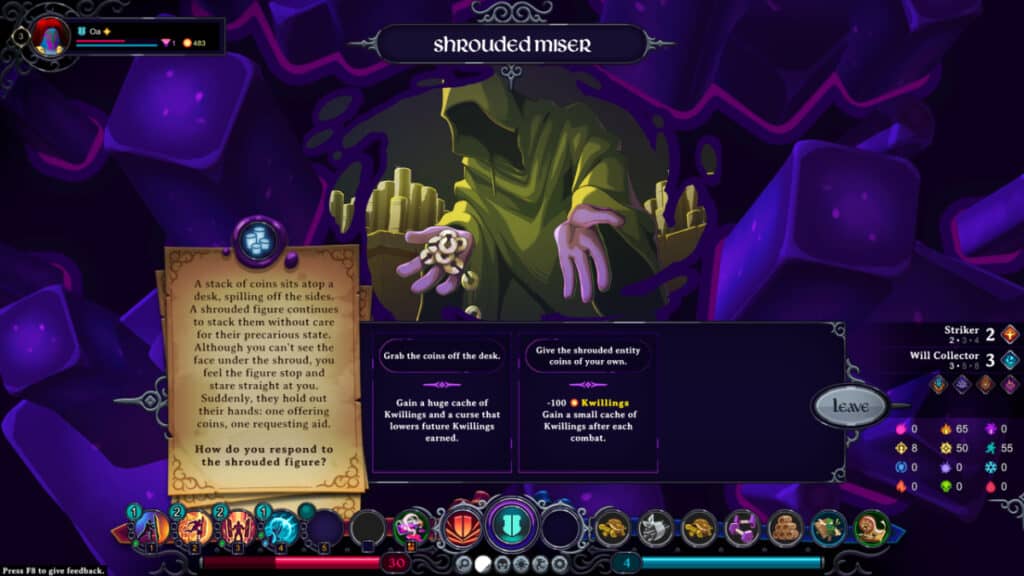
Like the mob designs, the SFX is adequate but forgettable. However, the OST fares much better. From the melodic strings and light percussion of the Atheneum’s theme to the Silent Promenade’s use of blade-whetting to suggest danger, every song offers something great. Still, I don’t think the soundtrack reaches the bar set by Monster Train. That said, Shiny Shoe has once again proved its talent for creating a dynamic sonic backdrop against which to pummel monsters.
Related:
Best Dark Souls Games, RankedThe North Star in the heavens of Inkbound‘s audio is the voice acting. I’d drag myself through deserts and sucking quicksand if it meant getting to hear some of these performances again. Though this isn’t a narrative-driven experience like Phantom Liberty, I adore these characters, and the voice acting is why. The point isn’t so much about telling a story as it is cultivating an experience, and Inkbound does that beautifully.
Conclusion: A Poignant Postscript
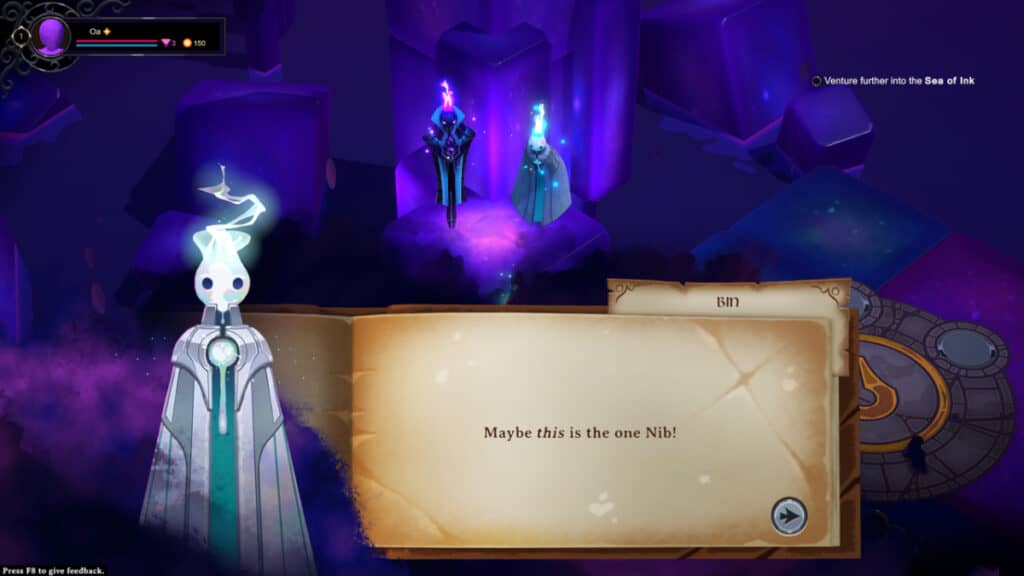
During my time with the game, I experienced no crashes and almost no bugs. If you enjoy Hades, Monster Train, and Slay the Spire, I wholeheartedly recommend Inkbound. Yes, its balance is imperfect and sometimes swayed by RNG in unfun ways. Neither that nor the game’s other weaknesses do major harm. Buy this game if you hate your social life or wish you had less free time. Buy this game if you enjoy theorycrafting game-breaking builds only to see RNG wreck your plans. Though in some ways far removed from Monster Train, it is a kind of spiritual successor. So grab your conductor’s cap and hop aboard.
Inkbound is available for PC (reviewed).
A charming turn-based roguelike that mixes Monster Train and Hades but falls shy of their peak.
Pros
- Large build variety
- Engaging tactical battles
- High replayability
Cons
- Uninspired monster designs
- Forgettable SFX
- Inconsistent balance

